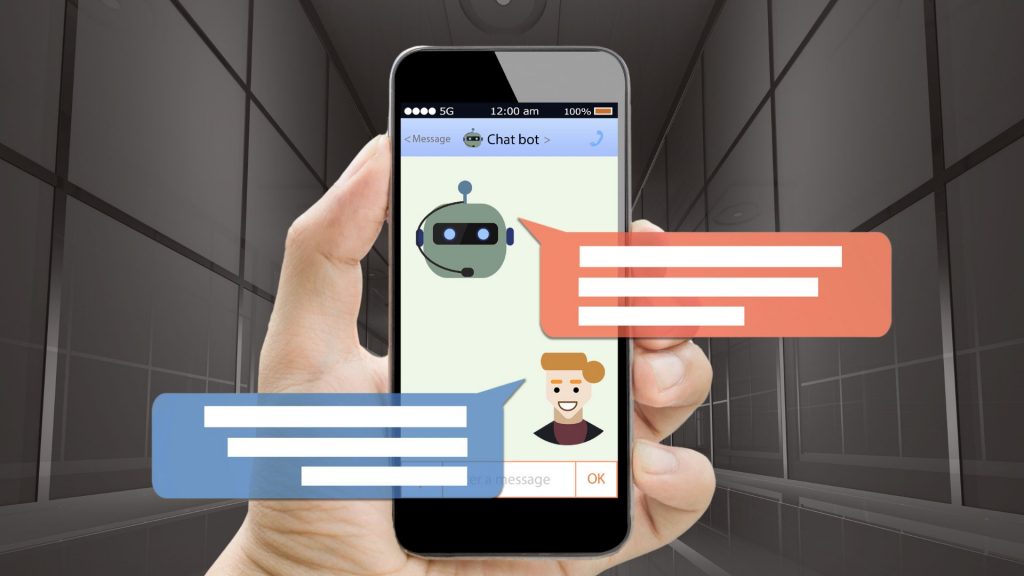Last month, The New York Times published an article titled “The Robots are Coming for Phil in Accounting.” As the title suggests, it gives a deep review explaining the shift we’ve seen societally as the world went entirely remote and businesses needed to swiftly adapt. The premise of the “robots coming” seems like a frightening future where automation completely replaces human labor.
In reality, though, automation by the way of robots (aka Robotic Process Automation) is less like a science fiction horror film and more like the adaptation of the assembly line. The goal of Robotic Process Automation (RPA) is not to completely unseat every employee, but to give them better tools to complete the parts of their job that keep them succeeding and allow them to enjoy their work.
What is RPA?
In technical terms, Robotic Process Automation is the technology that allows anyone in an organization to utilize a “robot” to replicate the actions of a person using digital business process software. RPA robots utilize the user interface to capture data and manipulate applications just like humans do. They interpret information, trigger responses, and communicate with other systems in order to perform a vast variety of repetitive tasks.
The benefit of RPA is that it can complete these tasks without ever making a mistake or taking a sick day. And because these repetitive tasks are completed by a bot instead of an employee, they can put their focus on activities that are more fulfilling and better suited to their skill sets and the needs of your organization.
What can RPA do?
Most repetitive tasks that are typically completed by employees can be completed by Robotic Process Automation. When considering tasks for RPA to complete, you can focus on what some of the more time consuming and frustrating digital processes are for your employees. For example, within a specific accounting workflow you can identify specific parts within the process that can be automated, like opening emails and downloading invoices, or extracting data from those invoices, and then moving them into folders.
What else can RPA do?
- Logging into applications
- Moving files and folders
- Reading and writing to databases
- Connecting to system APIs
- Copying and pasting data
- Extracting and processing structured and partially structured content from files
- Opening emails and attachments
- Scraping data from the web
- Making calculations
What are the benefits of RPA?
There are two ways to measure success with RPA. The first is through direct business benefits, Robotic Process Automation streamlines workflows, which makes your organization more profitable, flexible, and responsive. This success can be measured and you can quickly see the ROI once you implement your RPA solution.
The second isn’t a quantitative benefit, but can still be considered important: employee happiness. By eliminating mundane tasks for your employees, they become more productive, engaged, and overall better within your organization. If your employees are spending too much time on meaningless rote tasks, they aren’t really working towards the success of your business. And most importantly, it’s making them frustrated and bored. Many organizations are realizing that investing in their employees leads to positive long-term results and using a solution like RPA is the perfect way to do so.
From a technological perspective, RPA is a simple addition to supplement your existing systems. It is noninvasive and can quickly be implemented so you can begin to see its benefits right away. RPA is also ideal for automating workflows that involve legacy systems that lack features such as APIs, virtual desktop infrastructures (VDIs), or database access.
Robotic Process Automation is also scalable and flexible, allowing you to customize your solution to fit your exact needs as well as expand upon it within other areas of your business as you see the ROI of your solution. RPA doesn’t require custom coding and creation from scratch, meaning your IT team won’t be occupied and overwhelmed with the task of bot creation, rather you can quickly train the bots to do what you need them to do and begin using them right away.
The faster you take advantage of the potential of RPA, the better your business can become.
How do I know if a process can be replaced by RPA?
While the possibility of RPA is exciting, it can be difficult to decide exactly what within your business can be transformed with this technology. As you begin your RPA decision-making process, take some time to look at your current situation and see where your biggest challenges are currently. The long-term success of your investment depends on identifying exactly where RPA will be implemented.
Here are some key markers to identify if a process is well-suited to be replaced by Robotic Process Automation.
- High in volume and repetitive
- Rule-based decision making
- Documented and predictable
- Low likelihood of variation
- High ROI potential (think the work of at least 2 full-time employees)
- Not subject to frequent changes
- Triggered by standard and readable electronic inputs
If you are unsure on whether or not a process can endure digital transformation, we’re happy to help by providing a more in-depth analysis of your current state.
How do I get started implementing RPA?
Once you’ve identified what processes you want to replace with Robotic Process Automation, the next step is to work with an RPA implementation expert like PiF Technologies. We’ll walk you through exactly how you will go about implementing your solution and will provide you with the tools and next steps to make an informed decision. Get started on your RPA journey by clicking the button below and having a conversation with us!








